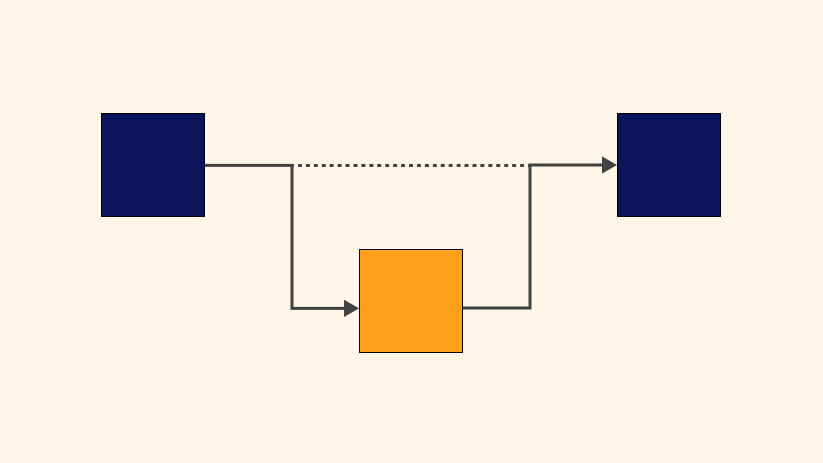Add a layer of indirection
When your team's conversations aren't going nowhere, add a proxy

Sometimes you'd like to help your team discuss a topic and decide what to do together. But often, these discussions are quite difficult to facilitate. Sometimes people don't listen as much as they should, sometimes they feel less comfortable speaking, either because of their personality or of the other personalities, and sometimes they simply don't relate to the issue.
I found that these conversations become a lot easier if you add a layer of indirection, and I started using that in group conversations. It changed things.
Adding a layer of indirection is quite simple. Let's say, your team shipped a project and you'd like to see how it went for them so that you know how to do it better next time. You can ask that directly, but chances are you'll get simple answers like "it was fine", or "we could've done better with this or that". If you'd want to add a layer of indirection, you want to ask a different question, collect all the data, and then focus your discussion on the data.
For example, instead of asking the team how it went, ask them to write an amazon review of the product they shipped. Something with stars and a title and a body. Then, when everyone finishes writing their review independently, start the discussion not from the individual positions, but on the data you gathered.
This has a couple of advantages: first, different people think at different speeds. people who think at different speeds are able to formulate their thoughts well and in a focussed way. Secondly, it makes sure that everyone is aware of what everyone is thinking well before they start speaking, which is great for the group's self-moderation. In other words, people who are loud don't take too much space and the quiet ones get the support they need. And finally, it gets you a snapshot of the current state that you can use as a reference when something changes so that you see if the decisions have actually improved things.
So next time try this: instead of asking a question directly, add a new layer, collect the data, and decide not based on the question, but on the data.
Good luck!
Ivan's 🪴 Newsletter
Join the newsletter to receive the latest updates in your inbox.
